In today’s digital landscape, cloud computing has become integral to businesses of all sizes, offering scalability, flexibility, and cost-efficiency. However, as organizations increasingly rely on cloud services to store and manage their data, ensuring robust security measures is paramount to protect sensitive information from cyber threats and unauthorized access. In this article, we’ll explore best practices for cloud computing security to safeguard your data and mitigate potential risks.
1. Data Encryption:
Implement strong encryption protocols to protect data both in transit and at rest. Use industry-standard encryption algorithms to encrypt sensitive data before storing it in the cloud, and ensure that data remains encrypted throughout its lifecycle. Additionally, leverage encryption key management solutions to securely manage encryption keys and control access to encrypted data.
Implement strong encryption protocols to protect data both in transit and at rest. Use industry-standard encryption algorithms to encrypt sensitive data before storing it in the cloud, and ensure that data remains encrypted throughout its lifecycle. Additionally, leverage encryption key management solutions to securely manage encryption keys and control access to encrypted data.
2. Multi-Factor Authentication (MFA):
Enforce multi-factor authentication for accessing cloud services and accounts. Require users to authenticate their identity using multiple factors, such as passwords, biometrics, and one-time codes, to add an extra layer of security and prevent unauthorized access, even in the event of compromised credentials.
Enforce multi-factor authentication for accessing cloud services and accounts. Require users to authenticate their identity using multiple factors, such as passwords, biometrics, and one-time codes, to add an extra layer of security and prevent unauthorized access, even in the event of compromised credentials.
3. Identity and Access Management (IAM):
Implement robust identity and access management policies to control user access to cloud resources and data. Use role-based access controls (RBAC) to assign permissions based on job roles and responsibilities, and regularly review and update access privileges to ensure least privilege access and minimize the risk of insider threats.
Implement robust identity and access management policies to control user access to cloud resources and data. Use role-based access controls (RBAC) to assign permissions based on job roles and responsibilities, and regularly review and update access privileges to ensure least privilege access and minimize the risk of insider threats.
4. Regular Security Audits and Assessments:
Conduct regular security audits and assessments of your cloud infrastructure and services to identify potential vulnerabilities and security gaps. Utilize automated scanning tools and manual inspections to detect misconfigurations, insecure settings, and unauthorized access, and promptly address any issues to maintain a secure environment.
Conduct regular security audits and assessments of your cloud infrastructure and services to identify potential vulnerabilities and security gaps. Utilize automated scanning tools and manual inspections to detect misconfigurations, insecure settings, and unauthorized access, and promptly address any issues to maintain a secure environment.
5. Data Backups and Disaster Recovery:
Implement regular data backups and disaster recovery procedures to protect against data loss and ensure business continuity in the event of a security incident or service disruption. Store backups in geographically dispersed locations and test backup and recovery processes regularly to verify their effectiveness and reliability.
Implement regular data backups and disaster recovery procedures to protect against data loss and ensure business continuity in the event of a security incident or service disruption. Store backups in geographically dispersed locations and test backup and recovery processes regularly to verify their effectiveness and reliability.
6. Continuous Monitoring and Threat Detection:
Deploy cloud-native security monitoring and threat detection solutions to continuously monitor your cloud environment for suspicious activities and potential security threats. Use anomaly detection algorithms and machine learning techniques to identify abnormal behavior and indicators of compromise, and take proactive measures to mitigate risks.
Deploy cloud-native security monitoring and threat detection solutions to continuously monitor your cloud environment for suspicious activities and potential security threats. Use anomaly detection algorithms and machine learning techniques to identify abnormal behavior and indicators of compromise, and take proactive measures to mitigate risks.
7. Secure Network Configuration and Segmentation:
Configure network security settings to restrict access to cloud resources and data based on the principle of least privilege. Implement network segmentation to isolate sensitive workloads and data from less secure environments, and use virtual private clouds (VPCs) and network access control lists (NACLs) to control traffic flow and prevent unauthorized access.
Configure network security settings to restrict access to cloud resources and data based on the principle of least privilege. Implement network segmentation to isolate sensitive workloads and data from less secure environments, and use virtual private clouds (VPCs) and network access control lists (NACLs) to control traffic flow and prevent unauthorized access.
8. Regular Security Training and Awareness:
Provide comprehensive security training and awareness programs for employees and third-party contractors who have access to cloud resources and data. Educate users about common security threats, best practices for data protection, and the importance of maintaining vigilance and compliance with security policies and procedures.
Provide comprehensive security training and awareness programs for employees and third-party contractors who have access to cloud resources and data. Educate users about common security threats, best practices for data protection, and the importance of maintaining vigilance and compliance with security policies and procedures.
By following these best practices for cloud computing security, organizations can enhance their data protection measures, mitigate security risks, and maintain the integrity and confidentiality of their sensitive information in the cloud. As cloud computing continues to evolve, staying proactive and vigilant in implementing robust security measures is essential to safeguarding your data and maintaining trust with customers and stakeholders.




